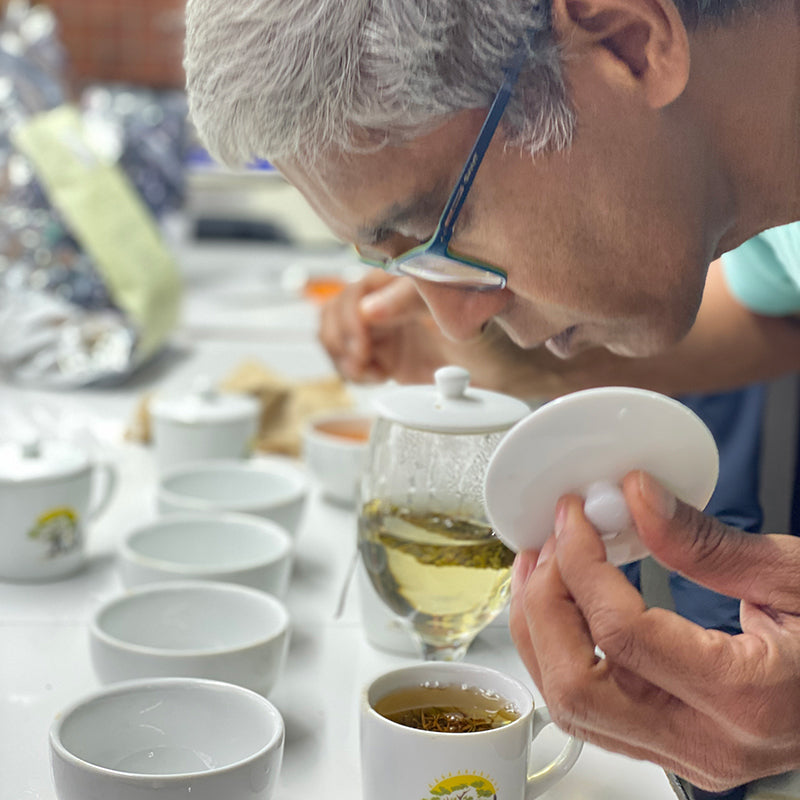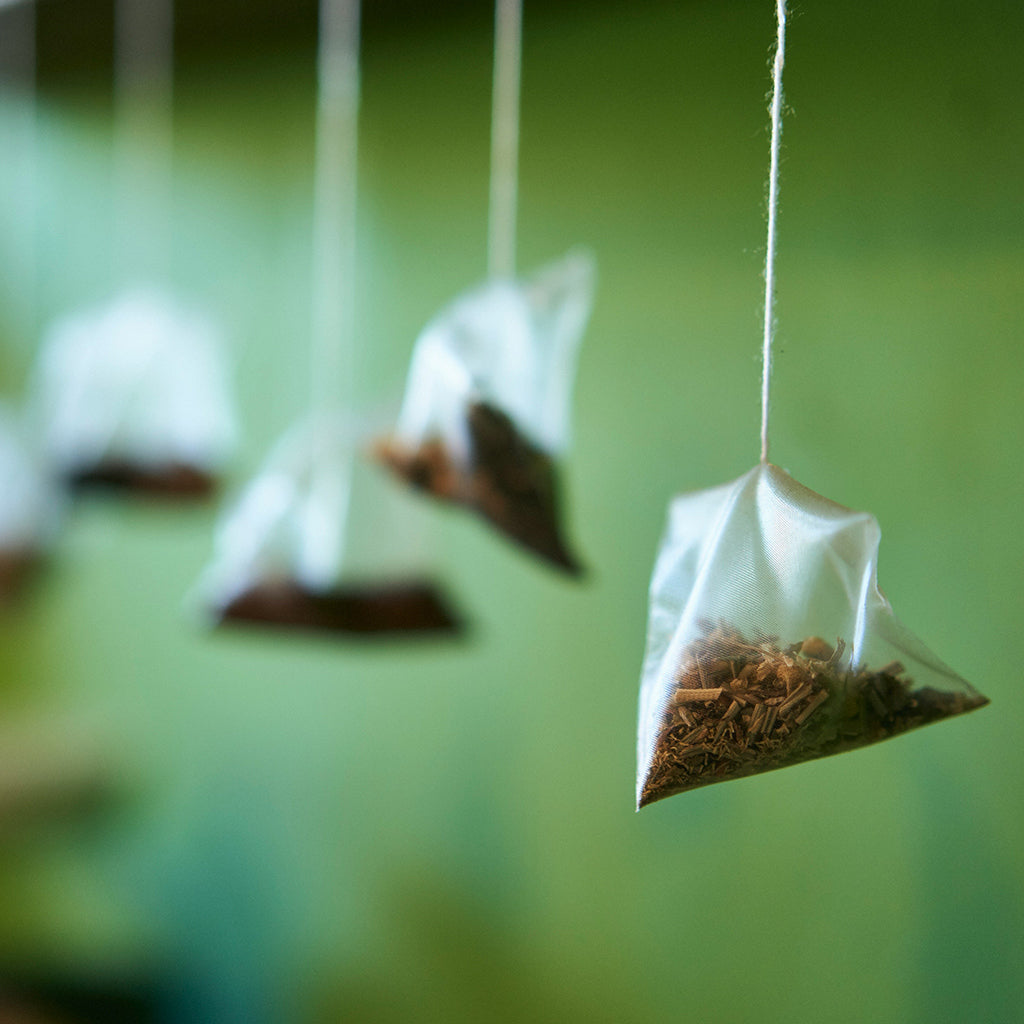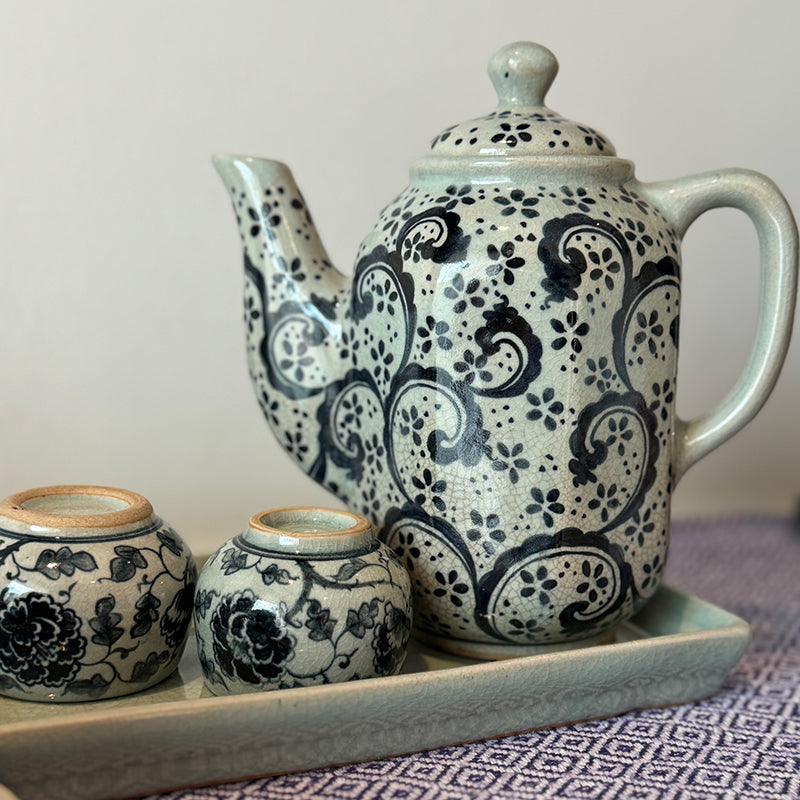Should tea be made with milk?
Traditionally tea was not drunk with milk, one school of thought is that over time mass produced tea had become such poor quality that it had to be softened with milk to make it more palatable, another suggestion is that milk was used by dishonourable employers to shorten the length of workers tea breaks in Britain! Adding milk meant the tea cooled faster therefore reducing the time it took to drink it and increasing the time available to work.
Another school of thought is that British living in India had seen the addition of milk to Chai Tea there and brought the tradition home.
If we look to science for an answer milk reacts on a molecular level to tannins released when infusing tea. Some stronger teas from Ceylon and Assam do have a much smoother, creamier taste when milk is added. In summary, if you have a strong black tea you love to drink with milk, go for it but not ALL black tea needs milk, in fact some taste pretty magnificent without it!
It is not uncommon to add citrus to tea (often a slice of lemon) and this works to reduce the tannins and change the acidity of the tea.
And so for those who DO like milk in their tea, the next question has to be, which goes in the cup first, the milk or the tea?
There are many theories on this, my personal opinion is that tea should be made in a pot to start with and it’s only natural that the tea would go in the cup first and you pour the brewed tea on top for a consistent flavour. Historically, it’s believed that when tea was introduced to the UK in the 18th Century many people couldn’t afford the fine bone china tea services. The cups they did have couldn’t stand the heat of the boiling water and would shatter, adding the milk first allowed the tea to cool enough not to damage the cups.
Is slurping your tea ever OK?
Yes! In fact it’s encouraged when you attend a proper tea tasting. When you gently slurp tea it not only cools the tea down slightly it cools and oxygenates the tea which can improve flavour. There is increasing evidence that temperature of food and drinks can affect the flavour profile. Slurping also allows the aromatics to escape the liquid and really lets you use all your senses. Spitting however is a definite no no and would only be done if tasting in high volumes at a manufacturing level.
What is caffeine and how much of it is in my tea?
Caffeine is a natural stimulant found in plant foods such as tea, coffee, cacao, guarana and cola nuts. It helps us to feel more alert and awake by speeding up messages through the central nervous system to the brain. Some people can be very caffeine sensitive whilst others can drink multiple cups of tea or coffee and seemingly experience hardly any effects at all.
The amount of caffeine in your tea can vary depending on the type of tea leaf used. Broken leaves will impart more caffeine when brewed than whole leaf teas. Naturally then the more tea added has the potential to release more caffeine. Similarly the longer the leaves are brewed with each infusion the more caffeine can be released.

What is ‘tea time’?
This may come as a surprise to some but ‘tea’ in parts of the UK actually refers to a late snack/light meal and not tea at all! ‘Tea’ could be served to children in an after school club and not include any kind of hot beverage!
Similar to ‘Morning Tea’ and ‘Afternoon Tea’ here in NZ is more indicative of a snack time than it is about a hot beverage. Personally I learned a lot from The Hobbit ashobbits may be small, but they really can eat. They take seven meals each day: breakfast, second breakfast, elevenses, luncheon, afternoon tea, dinner and supper.
Elevenses is similar to morning tea in that it's a break for snack and a drink typically taken around 11am. Any of these would certainly be an appropriate time to enjoy a cup of tea!
Is there a difference between afternoon tea and high tea?
Here in NZ generally not, afternoon tea might be an event catered at home and high tea more of a restaurant affair.
Looking back to the 19th Century origins of the terms, Afternoon Tea was a tradition of enjoying a cup of tea served with cakes and scones around 4pm to fill a long gap between meals with dinner commonly not served until 8pm. Afternoon Tea was oftentimes served in the garden or on low backed parlor chairs, a light-hearted gathering. With ever changing lifestyles afternoon tea has become more of a luxury than a stop gap.
The term High Tea specifically related to the tradition of drinking tea whilst sitting in high-backed chairs with the table full of plated items such as homemade bread, cold meats, pickles, salads, pies and tarts. A more substantial meal was required by workers in newly industrialised Britain who had to wait until after work, typically the tea served was a good strong brew to revive flagging spirits. This is thought to be the root of the word ‘tea’ as the evening meal instead of supper.
Do I need to warm my teapot?
Warming your tea pot is a great idea, yes! The first and most important reason is to prevent it from breaking with the addition of boiling water, this is especially true with bone china.
A warm teapot also keeps your tea warm for longer as none of the heat from the boiling water added to your tea is diminished by warming the pot itself. This also means you have the maximum heat in the water to infuse your leaves and benefit from a stronger flavour in a shorter time.
We hope you've found this article interesting and you've gained some new tea knowledge that you can pass on to your friends and family. And next time you're enjoying a cup of tea, don't be afraid to slurp!




